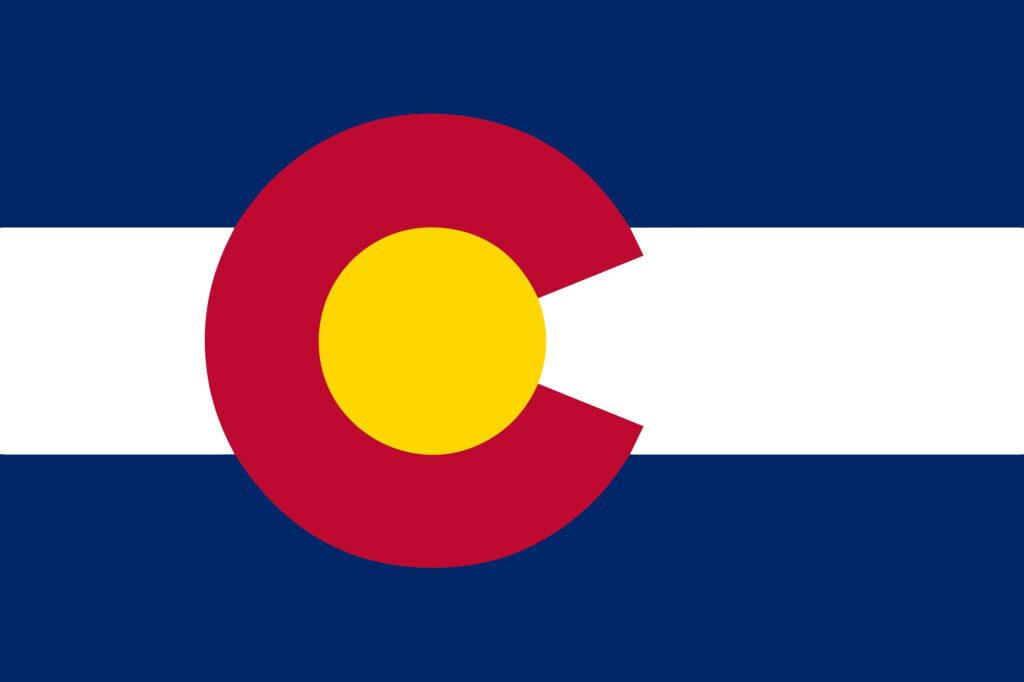Protecting Your Property from Flooding: What You Need to Know
As flooding takes hold in unusual places across the United States, including eastern Kentucky, St. Louis, and even Las Vegas, Americans are grappling with the devastating effects. Many have lost their lives as a result of the floods, and many more have required rescue from what they likely assumed was the safest place for them, their own homes. A dark reality emerges when these people begin to rebuild their communities after the storm has passed, and are left with few financial options due to a lack of flood insurance policies. Here we will discuss common myths of flood insurance, and best practices for protecting your property.
MYTH: Only coastal communities need flood insurance.
REALITY: Unfortunately, areas outside of coastlines can experience flash floods, and flooding remains the most dangerous and most expensive form of natural disaster in the United States. Coastal communities, both oceanfront and those located around lakes and rivers, are certainly vulnerable, but even places experiencing higher than normal rainfall can experience expensive, damaging, and deadly floods. According to FEMA, about 40 percent of all National Flood Insurance Program (NFIP) claims come from areas outside of high-risk flood zones. Further, relying on the FEMA flood maps as evidence of the necessity for flood insurance has come under scrutiny as recent data shows significantly more properties at risk of severe flooding than FEMA estimates.
MYTH: Homeowners insurance is sufficient to secure a mortgage; therefore, flood insurance must be unnecessary.
REALITY: Flood insurance is often not required to secure a mortgage, but that does not mean you should not hold such a policy. Though the annual cost of flood insurance can vary greatly based on where you live and the particulars of your policy, the national average is about $82 per month while the average flood insurance claim was more than $40,000 in 2018. The purpose of insurance is financial security should tragedy befall you. If you have paid attention to the growing number of floods occurring across the country, now might be the time to protect your property, regardless of mortgage requirements. Further, homeowners insurance typically only covers damage from rain entering through roofs and windows, not flood damage from waters rising in your home. In the case of flooding, a separate flood insurance policy is required to make a claim for the damage, without which it can be financially devastating.
MYTH: If you rent, there is no reason to worry about flooding.
REALITY: Renters should still be aware of the dangers of flooding, even if they carry a renters policy. Similar to homeowners policies, renters policies typically do not cover flooding, leaving you with few options should your personal belongings experience damage from floods. Renters flood insurance policies differ from homeowners flood insurance policies and exclusively protect your personal property from floods, often at much lower monthly costs.
MYTH: Flood insurance is nationalized and only allows limited coverage through the National Flood Insurance Program.
REALITY: The National Flood Insurance Program (NFIP) was established in 1968 following a wave of devastating floods along the Mississippi River and was designed to share the risk of flood damages between taxpayers and private insurers. Now, the NFIP manages the majority of flood policies in the United States and has an unfortunate history of pricing out private insurers via government interventions like rate caps, subsidies, and continued coverage of properties that flood again and again. However, private flood insurers do exist across the country and tend to offer better coverage and a wider range of options. Further, NFIP policies are only available in communities that participate in the program, meaning some communities may only have private flood insurance options.
PROTECTING AMERICAN PROPERTY
Flood insurance in the United States differs from other countries, like the United Kingdom, where flooding is a standard part of homeowners and renters policies. Many Americans are likely unaware of the lack of protection they have from flooding, and only learn of it when they have already experienced a loss. Homeowners, renters, and business owners can all work with independent insurance agents to learn more about flood insurance and find the policy that fits their needs.
Estimates on participation in flood insurance vary greatly, but the general consensus remains that Americans are woefully underinsured against the risk of flood damage. NFIP policies amount to about 5 million, while estimates on homes at severe risk of flooding come to almost 15 million, leaving a massive coverage gap among the most vulnerable.
The R Street Institute supports efforts to increase private market participation in flood insurance for this very reason: to ensure more Americans have knowledge of, and access to, the flood insurance that suits their specific needs and level of risk.
Further, we support full, long-term reauthorization of the NFIP that would sustain the policies of homeowners within the program and give flood insurance access to the most vulnerable and at-risk communities. We support certain reforms within the program, including limiting payouts on multiple-loss properties, and continued steps towards matching premiums with actuarial risk.
R Street also supports investment in mitigation efforts, which continuously show positive cost/benefit ratios, and efforts to inform citizens of individual steps they can take to protect life and property from flooding.
The unfortunate reality is that more of the United States is at risk of dangerous and damaging floods than ever before. The coverage you had before may not be what you need now. It is critical to understand the policies available and prepare accordingly.








